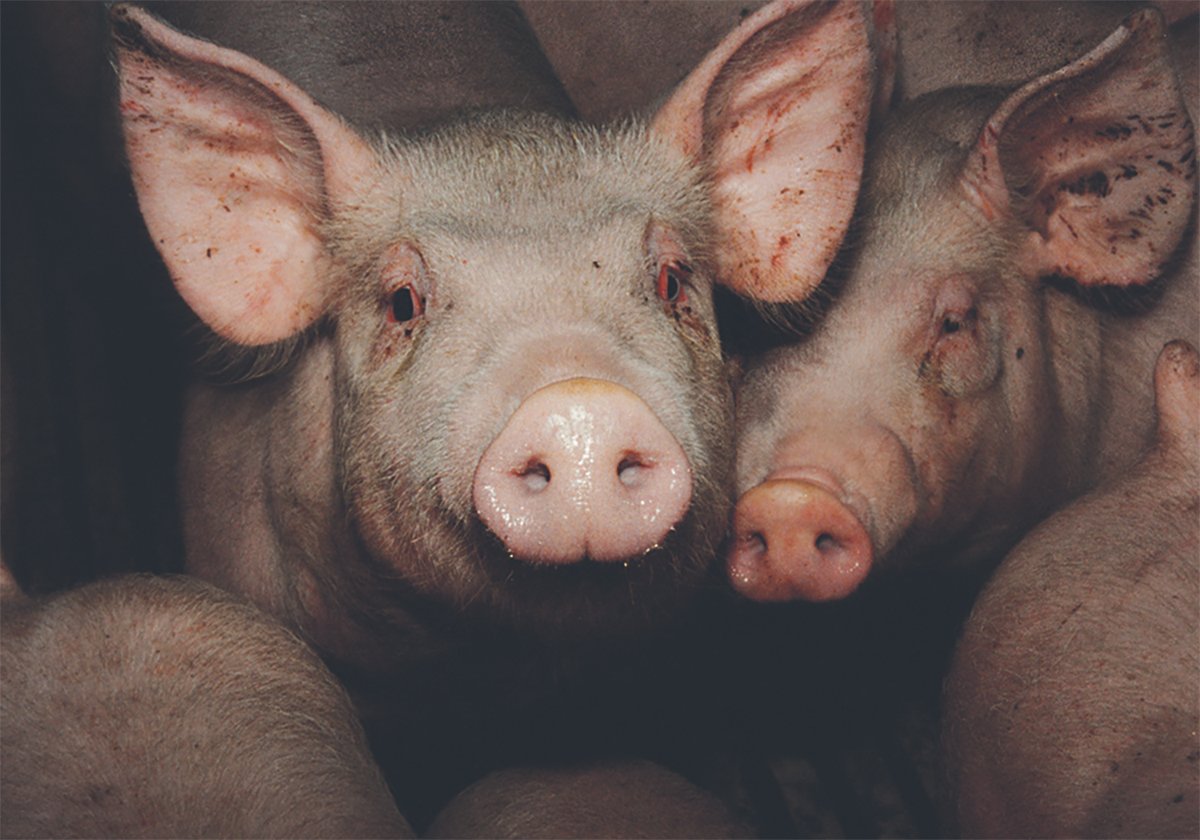Calving related problems have become less common be-cause of improved breeding that allows producers to select for easy calving heifers with larger pelvises and moderate birth weights.
However, timely intervention and recognizing our limitations continues to be critical.
An internal clock starts ticking with each calving as the cow’s cervix opens and the delivery process starts. It is imperative to watch and record when this process starts because it makes it easy to decide when to intervene.
Progress should usually be made in one hour for cows and one and a half hours for heifers. It may be wise to check the cow if continual straining occurs, blood appears first or the cow seems hunched over and nothing is being presented.
Read Also

The Western Producer Livestock Report – October 30, 2025
Western Producer Livestock Report for October 30, 2025. See U.S. & Canadian hog prices, Canadian bison & lamb market data and sales insights.
Many producers are reluctant to intervene because they rarely need to assist cows, but my work with experienced producers has shown that they are usually guided by intuition.
If a producer feels something is wrong, checking the cow or heifer early usually avoids a wreck.
Progress should be made every 15 minutes in any mal-presentation, improperly dilated cervix or a situation in which fetal manipulation and extraction is required. If it isn’t, call for assistance.
Veterinarians should be called for most full breech births because careful manipulation is required to avoid tearing the uterus. This is where mistakes can happen and can lead to the death of the cow in some cases.
Torsions are rare, so recognizing them is the first step in getting help with the correction.
They present similar to a full breech birth. The cow or heifer goes through what appears to be the first initial signs of labour, but then there is no progression.
No water bag is presented and no fluid is discharged, yet the cow/heifer appears uneasy.
When examining the cow vaginally, it will feel like bands of tissue are running every which way. It does not feel normal.
Producers may be able to wiggle their hand and reach the calf, but it feel like they are going down a loose corkscrew and their hand may be upside down by the time they reach the calf. This is a sure sign of a torsion, and immediate veterinarian intervention is required.
Some veterinarians try to correct the torsion, either by manipulation or casting the cow and having helpers roll it while holding onto the calf through the vagina. Others use a detorsion rod.
However, in probably half the cases, either the twist is too tight or there is no room to detorse, and a caesarian section is required.
Torsions are just a fluke. It is not hereditary, and I have never seen a cow develop a torsion more than once. If it did, the odds would be extremely low. I have never seen an incidence number reported, but it would be one in every thousand to several thousand births.
Veterinarians are called to examine most torsions.
A producer with only 120 cows once had two torsions a week apart and was quick to recognize the second one. Most torsions are 180 degrees but some can be 360 degrees or better.
Recognition is vital in torsions, and I encourage everyone to examine the cow vaginally whenever I get a case so that they are better able to recognize it next time.
Call for help and hopefully a successful outcome will result.
Producers should try to deal with a calving abnormality themselves for 15 minutes, including improper cervical dilation, twins coming mixed up, the placenta presented first and vaginal prolapse.
If no progress is made, call for help or be prepared to take the animal to the veterinary clinic for examination.
These are not common abnormalities anymore, so the veterinary bill is worth it if it achieves a successful outcome.














